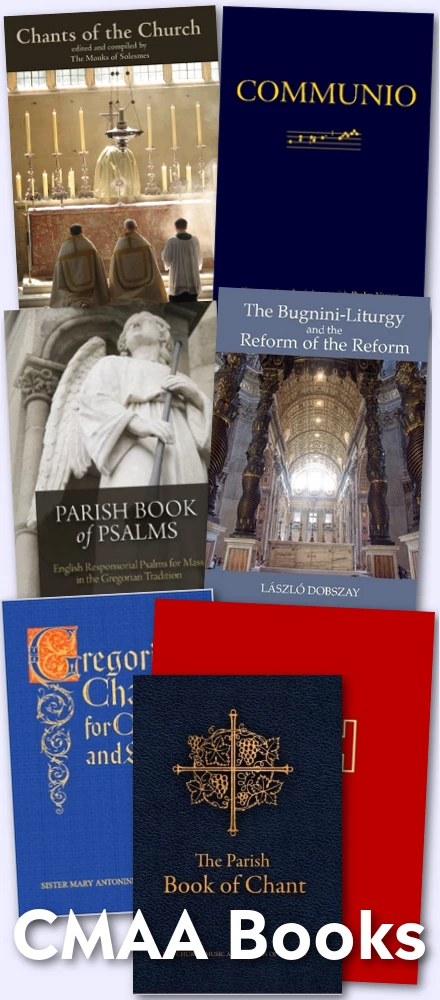Here is some sacred art to help us meditate upon the Feast of the Epiphany in a couple of days’ time.
The three events commemorated on this feast are the Adoration of the Magi, the Baptism of Christ in the Jordan, and the Wedding Feast at Cana. The fact that three mysteries are commemorated was made apparent to me through the antiphon to the Magnificat at Vespers:Three mysteries mark this holy day: today the star leads the Magi to the infant Christ; today water is changed into wine for the wedding feast; today Christ wills to be baptized by John in the river Jordan to bring us salvation.
My understanding is that initially, all these epiphanies would have been celebrated on the single feast day, with the focus on the Adoration of the Magi; in time, the Baptism in the Jordan was commemorated on the Octave day a week later, and the Wedding at Cana on the 2nd Sunday after Epiphany.
Christmas Day, the Nativity of the Lord, is a fourth epiphany that in a certain sense anticipates this Feast; in the Byzantine Rite, the Gospel of the Divine Liturgy on Christmas is that of the Adoration of the Magi. Similarly, the feast of the Circumcision, eight days after Christmas in the TLM calendar and the non-Roman Catholic Churches, the associated feast of the Holy Name of Jesus, and the feast of the Presentation on February 2nd all seem to me to in some regard participations in the great Epiphany or Theophany and which orbit it, directing our attention to it.
I have chosen one image from each of the traditional styles of sacred art considered appropriate for the liturgy in the Roman church - Gothic, 17th century baroque, and iconographic. This is for no reason other than a desire to introduce variety; other things being equal, it is legitimate to represent any subject of the Faith in any of the three styles.
First, the Adoration of the Magi. I chose this Gothic-style painting by Gentile de Fabriano, dating from the first quarter of the 15th century, which shows the place of Our Lord’s birth as a cave, and St Joseph as an old man, in harmony with the tradition on these historical facts.
The image is so detailed that much is not clear at the magnification in this posting, so if you wish to see a larger reproduction online, please go to the Wikimedia Commons page, here. I love the rich detail in the garments of the Magi that communicates wealth, and which is contrasted with the simple deep ultramarine blue of the robe of the Virgin, and the nakedness of Our Lord.
Now the Wedding Feast at Cana. Here is a painting by the Spanish artist Murillo from 1672 in the Baroque style. The link through to a larger online reproduction can be found here.
The variation of shade and light directs our attention to the bread on the table, which is dressed with a cloth like an altar, and the wine in the amphora before it, with a single amphora on the left separated from the rest which are grouped together. Our Lord, on the left, is direct our attention with his gesture to this amphora, which I am presuming contains the new, good wine which is located vertically below (as it appears on the plane of the painting) the bread.
Finally, here is an icon by one of my favorite artists, the Russian Gregory Krug, who died in 1969.

Father Krug’s depiction omits details often included in the Theophany (or Epiphany) icon. For example, one might expect to see a small tree with an axe, which recalls Matthew’s account of the words of Sr John the Baptist, who asserted that every tree which does not bear fruit will be hewn down and burnt. Also, very often large fish ridden by human figures are often shown, swimming away from Christ; these are personifications of the Red Sea and the Jordan being driven back, as mentioned in Psalm 113.
The omission of these details puts the focus of this icon even more clearly on the revelation of Jesus as the Son, and the second person of the Trinity. The angel at the top is looking directly at the Holy Spirit, manifested as a dove.
The iconographic style focuses on a representation of all subjects in the context of the heavenly dimension. They shimmer with the uncreated light of God. Gregory Krug’s style of iconography demonstrates this powerfully as he skillfully uses the artistic device of multiple layered scumbles of light-toned transparent paint over darker-toned bases. This accentuates the core truth of this icon, that Christ is revealing Himself as a person who is both human and divine, and Krug seems to rely as much on the effect of shimmering light in his style of painting to communicate this as he does on the content. Furthermore, in this event the waters are not cleansing Christ; rather Christ is cleansing the waters, and through this, it speaks of the redemption of all of Creation. This shimmering effect is extended therefore in this rendition beyond the waters to the rocks in the embankments.
In his account of the Baptism, St Matthew (3, 16) tells us that “heaven opened and the Spirit of God descended like a dove.” This is represented visually by the mandorla that surrounds the dove. It begins by getting brighter as you move inwards through the concentric layers, but then becomes darkest in the center as it becomes the Light that blinds.






















